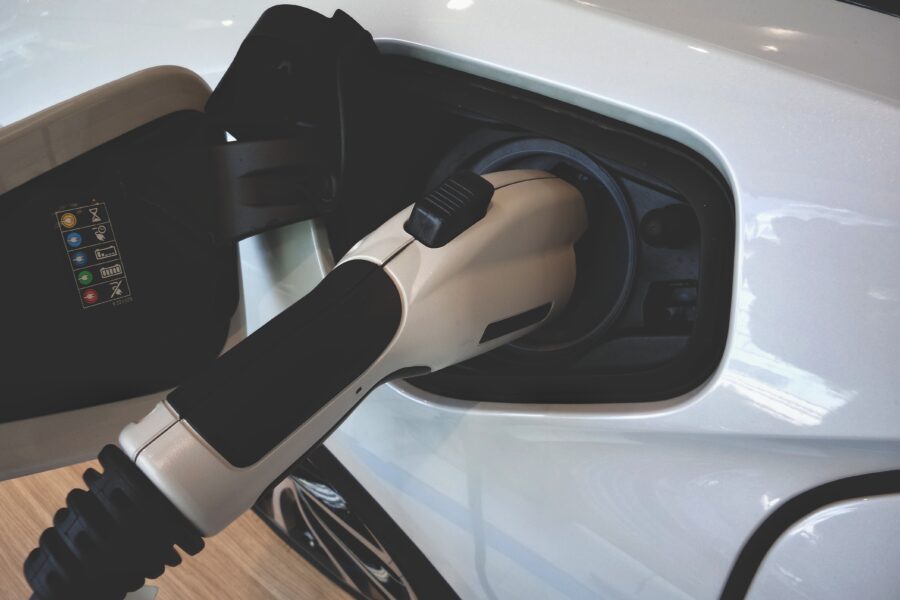AUTO ELETTRICHE

Alternative and green materials: what the electric cars of the future will look like
The new Battery Regulation was approved on June 14, 2023 by the European Parliament. The European Council will formalize it shortly. It will apply to all types of batteries, including those for electric vehicles, which, according to data estimated by the European Commission, will account for 87 percent of the nearly 4.4 million tons of industrial batteries expected by 2035 (today it is 0.7 million).
Ambitious are the targets for recycling and reuse of metals in battery production by 2027, 2031 and 2036, which are also key to Eu’s strategy of diversification and risk management in industrial raw material and energy supplies.
Motus-E’s “Electric Vehicle Battery Recycling Report @2050” summarizes four main steps in the recycling process:
1. Presorting and discharging: isolating the battery from the vehicle and securing it by removing residual energy.
2. Disassembly: release of battery modules and cells from the superstructure and allocation of other components to dedicated recovery chains.
3. Pre-treatment (mechanical, thermal, chemical, or in combination): liberation and pre-concentration of target metals in the anode and cathode dust mix (black mass).
4. Treatment: recovery of chemical compounds containing the target metals by pyrometallurgical, hydrometallurgical, anode and cathode regeneration (direct recycling) processes without passing through chemical precursors
“The manufacture of a single car battery, which can weigh as much as 500 kilograms, requires digging, moving and processing more than 225 tons of raw materials from somewhere on the planet,” writes in the book “Energia verde? Prepariamoci a scavare” (Montaonda Editions, 2021) by mining engineer Giovanni Brussato, an analyst, author and scientific contributor to Astrolabe, the newsletter of “Amici della Terra Onlus”.
Thus significantly increasing recycled metals for reuse in battery production helps the environment.
According to Motus-E, the spread of prismatic cells and battery design for electric cars with modular solutions and standardized junctions will facilitate automation of disassembly processes. And the development of cathodes with less cobalt and more nickel or poor materials such as sulfur will increase hydro-metallurgical or direct recycling treatments.
In contrast, the replacement of anode graphite with graphite-silicon, silicon, or lithium metal composites and the transition of the electrolyte from a liquid to a solid state will have no particular impact on recycling processes.